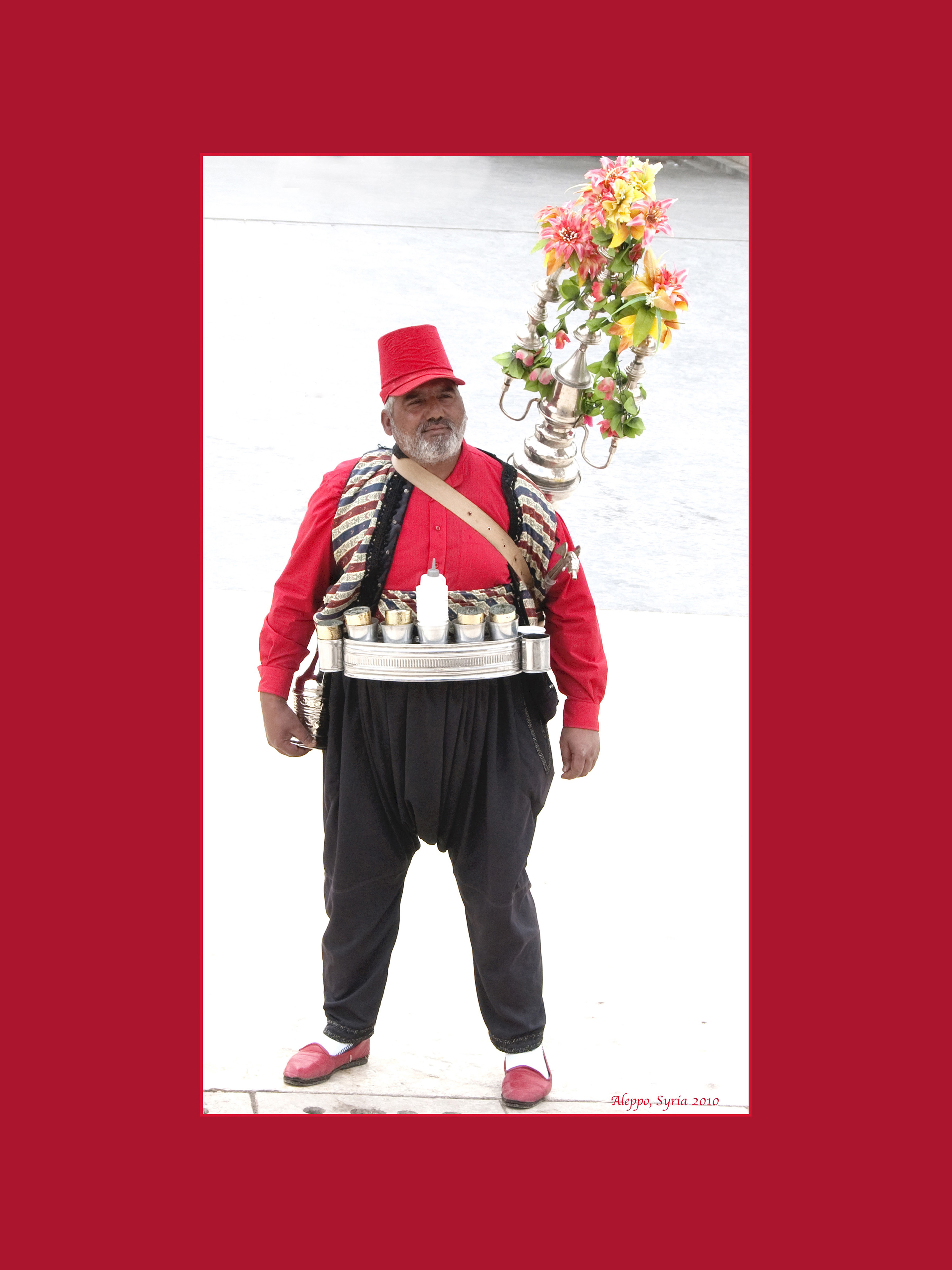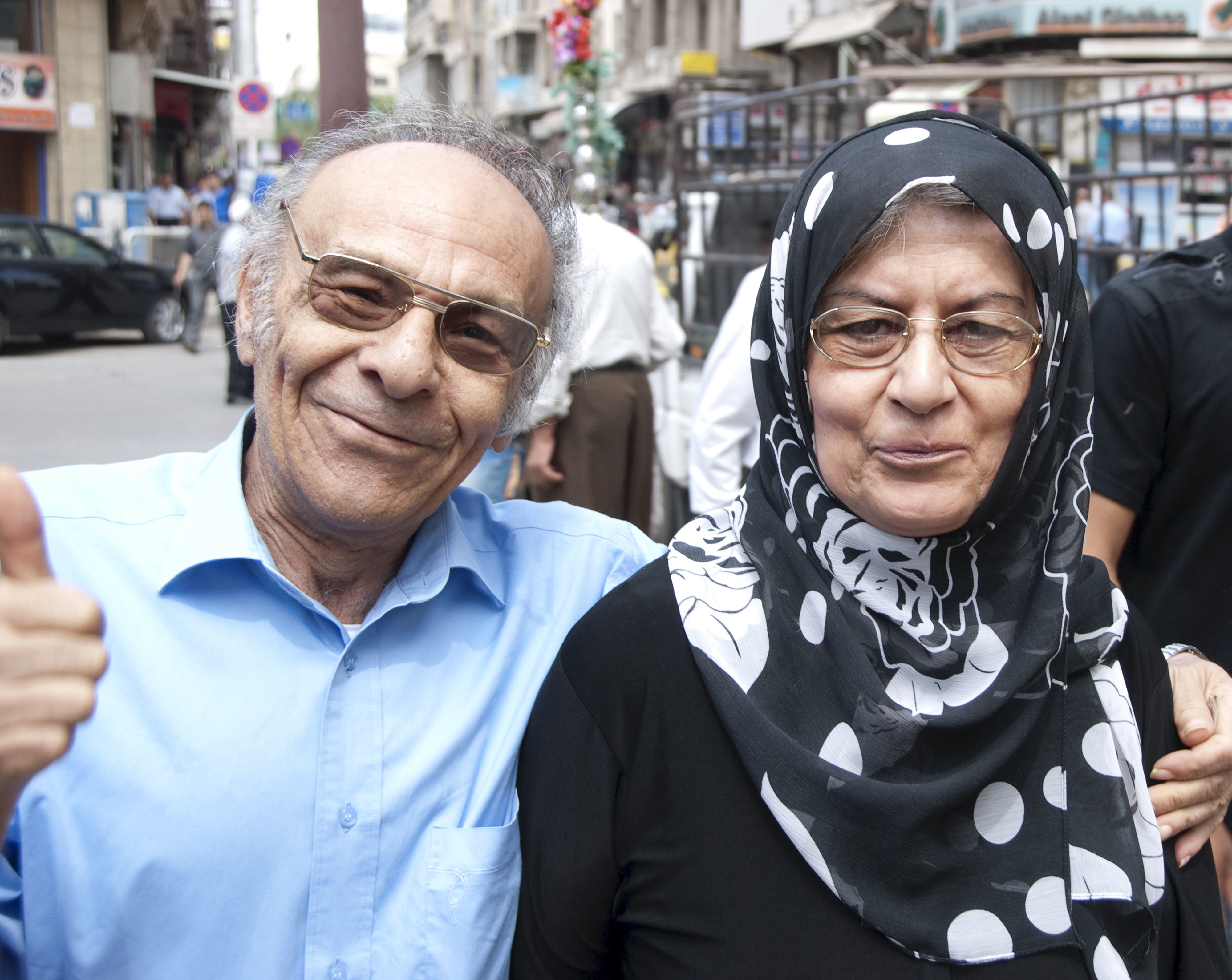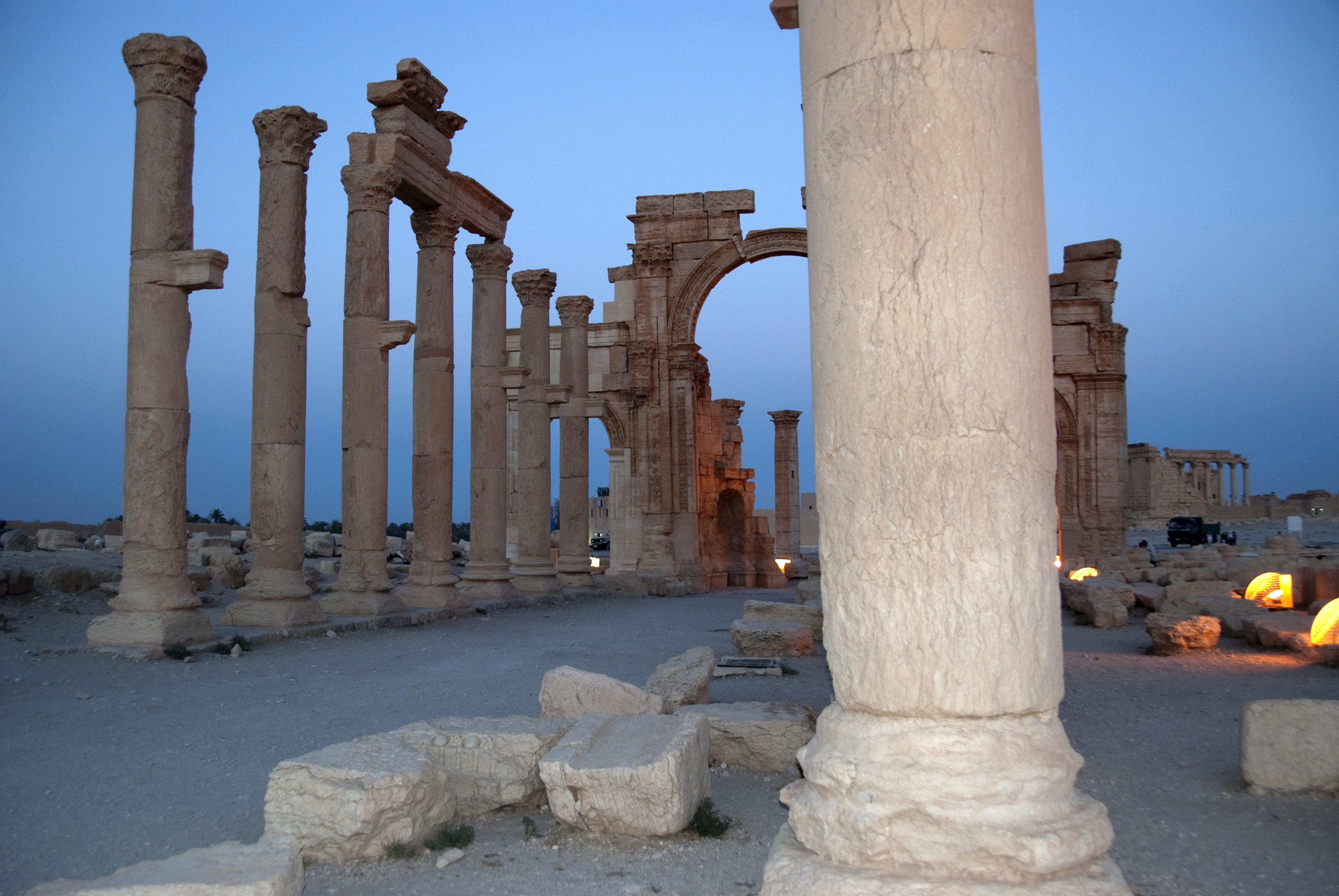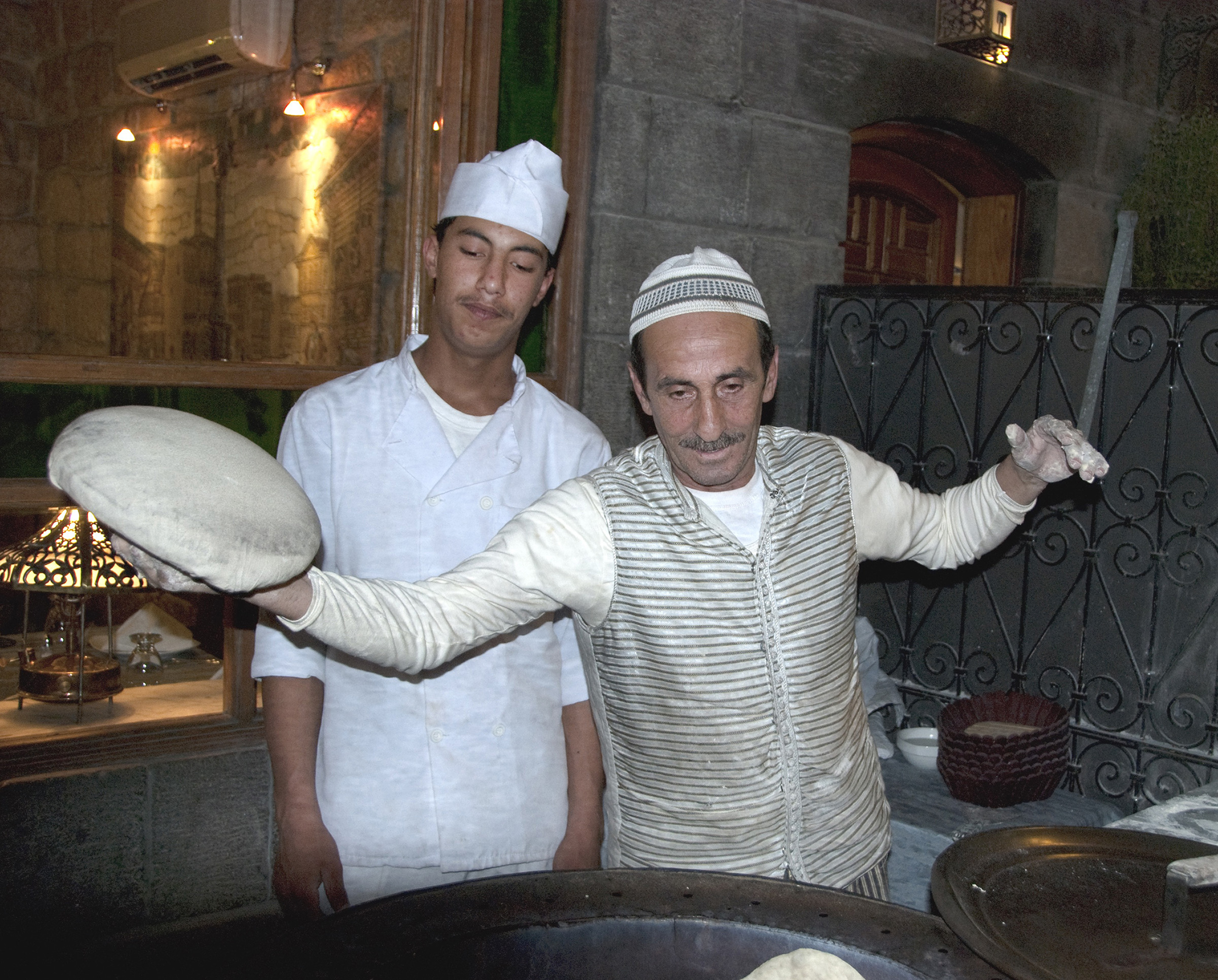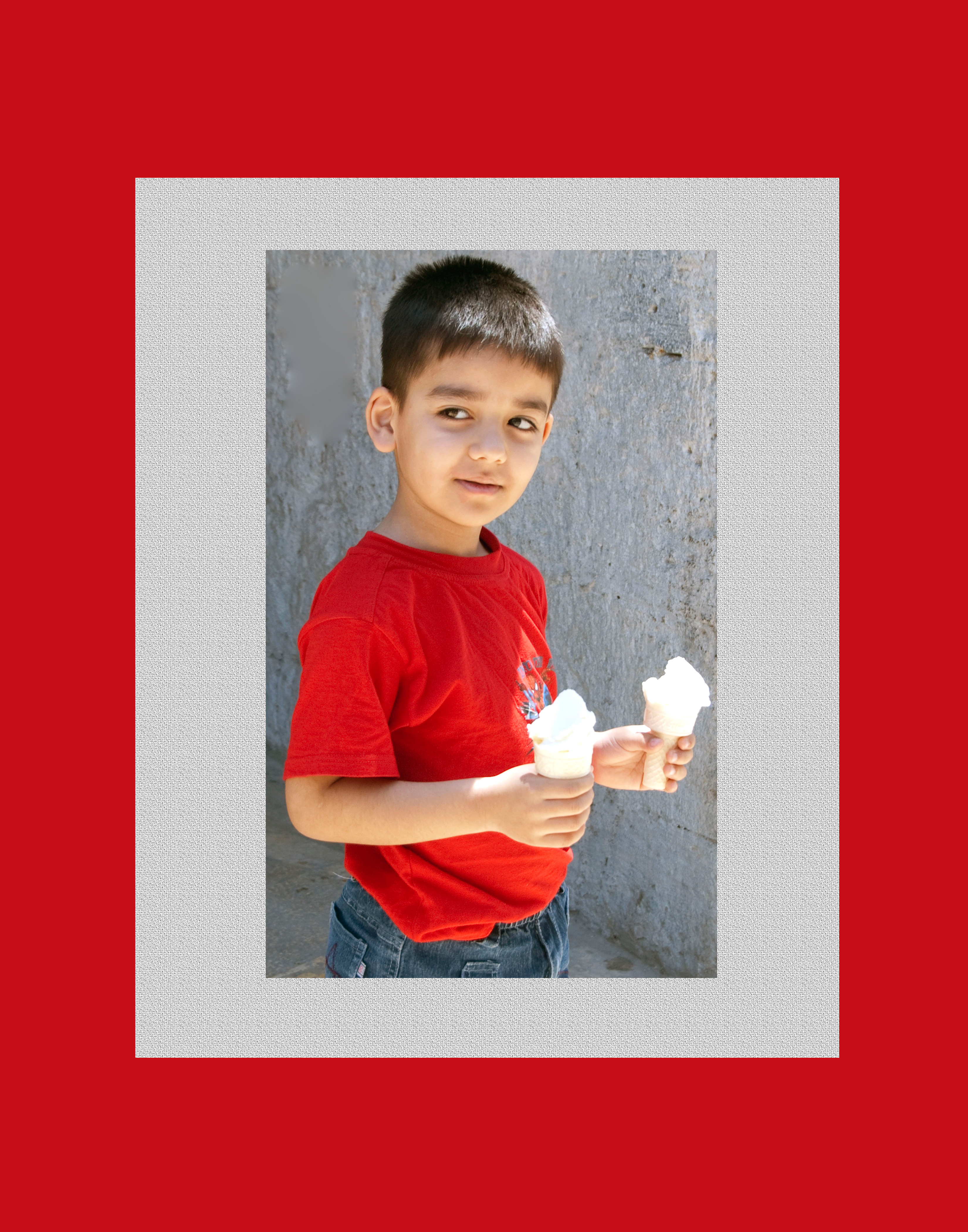Molly Sinclair McCartney
Molly Sinclair McCartney worked as a newspaper reporter for more than 30 years, including 14.5 years at the Washington Post and 10 years at the Miami Herald. In 2012 she was appointed a Woodrow Wilson Public Scholar to do the research and interviews needed to finish "America's War Machine: Vested Interests, Endless Conflicts," the book her husband, national security reporter James McCartney, was writing when he died. St. Martin’s Press published the McCartney book in October 2015. She has a degree in liberal studies from Georgetown University, and she was a Nieman Fellow, class of 1978, at Harvard University. She completed that year with a three-month trip around the world and has traveled widely since then, including a trip through Syria in May 2010 – ten months before the demonstrations that led to war. You can see her online program, "Syria Then and Now," at https://www.thejerusalemfund.org/25651/syria-then-and-now-2
